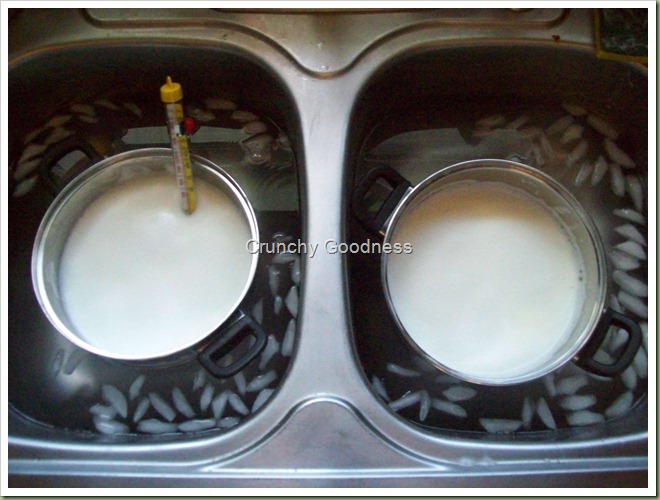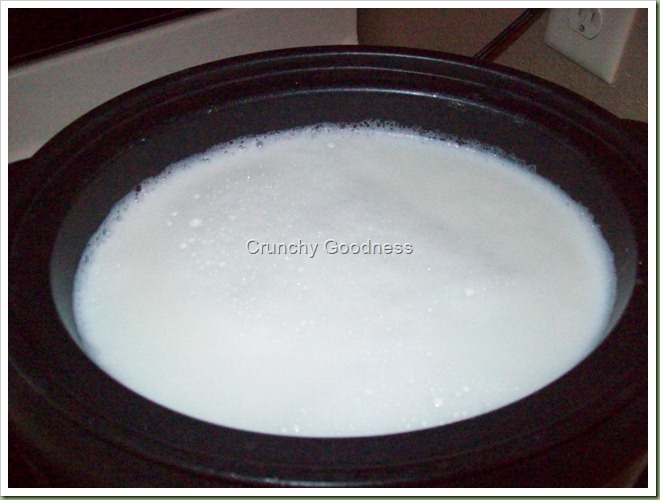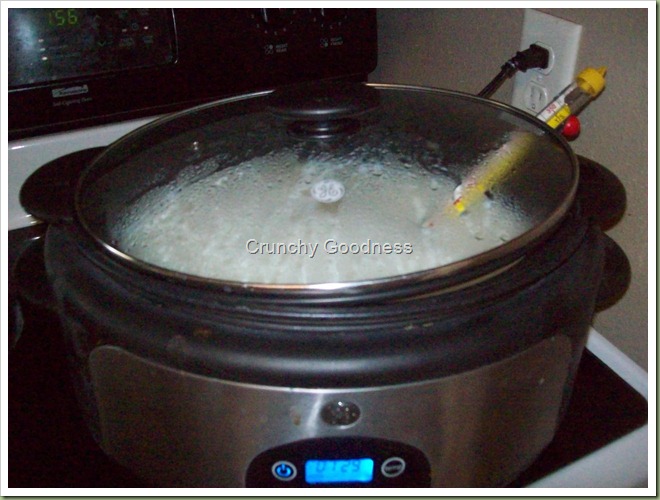I’ve tried a few cloth diapers in my day. In the beginning, I went to the store, bought some prefolds, and some plastic pants, with pins, and was diapering this way. I hated every minute of it. I was scared to death of my clumsy sausage fingers accidently stabbing my poor unsuspecting baby. I hated the plastic pants, that not only didn’t fit well, but leaked, and after a few washing, starting getting hard and cracking. I hated how the prefolds tended bunch up around the little chubby baby butt, and always managed to leak poo all over the place.
So, I did what any sane person would do. Went back to disposables. And yet, with every diaper I threw out, I had a twinge of guilt. Both at the fact that my babies had a constant irritation on their poor nether regions, and that I was helping litter the Earth with all my garbage. So I set out to find a better cloth diaper.
I ordered some Dappi Diapers, and velcro Prorap covers. These were fine, except the velcro not only managed to always get caught on the diapers in the wash/dryer, but it also scratched my babies bellies, and they had constant red spot and irritation. This to me, was no better than constant diaper rash/diaper irritation. So once again I found myself back at square one. I went through several types of diapers before having my last baby 6 months ago and finally deciding to search out the best, once and for all.

I’d come across
Tiny Tush pocket diapers before. I personally didn’t mind getting the “
seconds” which work just as well as the “first runs” but might have a “blemish or two” on them. I mean my baby is going to pee and poop in them. Really. But at $13 bucks a pop, I, as a mom that is *not* rich, just couldn’t justify spending over $150 bucks all at once. So I ordered just one. And decided if I liked it enough, I would save up for 12 diapers. (11 + the one I’d already bought). Lucky for me,
Charlene over at Tiny Tush is bursting with awesome. She had my diaper to me, I swear to you, the very next day, free shipping. I couldn’t beat that.

So I take a look at this diaper. Well, the contour is good. The snap system is much better than velcro, and not only is it a pocket diaper, it’s a ONE SIZE diaper. Which means, it will fit a newborn all the way through potty training your toddler. So that $150+? It’s looking like a *much* better deal to me now. I decide to try the diaper out. The diaper comes with 2 inserts. One long, and one short. The short one is meant for smaller babies. When your baby gets larger, and you upsize the diaper, you can use the longer insert for the best coverage. I put in the small insert and find the right snaps and off we go. An hour later I check my baby, he’s still dry. An hour after that, he’s wet! And yet, the outside of the diaper is as dry as a bone. No leaking. At all. That sold me right there.
I waited a few weeks, saved some money back and bought another 10 diapers. I use them every day, and have nothing but praise for them. My only complaint is that I could use more. I notice that every other day I need to do 2 washings. Which means I’m short about oh, 5 diapers or so. Which I plan to order soon. So, thus far, it’s been at least six months, and they still don’t leak, they’re still bright white, and they’re just insanely awesome.
Also, Tiny Tush has an assortment of different types of cloth wipes too. They fit in the regular wipes case you can by at the store with throw away wipes. I keep an old Gatorade sports bottle full of water at my changing table and when I need a wipe, I just wet it with the water, and wipe the baby down. No alcohol to dry out baby’s skin and irate. Not additives, no icky scents.

So what about when you’re out on the go you ask? Well, let me say, I take the cloth diapers with me. Just as you would grab a couple of disposables and some wipes and throw them into the diaper bag, I too, grab two cloth diapers with inserts already in them, an old travel wipes case with my
pre-moistened microfiber cloths, my
travel bag from Tiny Tush and off we go! I have had no issues with smells or leaks at all when we’re out. I just toss the soiled diaper into the travel bag along with any soiled wipes, and pull the drawstring. It then goes right back into the diaper bag, and we’re back on the go. When I get home, I just toss the whole soiled mess into the diaper pail, and wash as usual.
When you look online and the price makes you cringe, just think of them as an investment. Both in the Earth, and in your baby. My kids haven’t had any diaper rash at all, since I started cloth diapering years ago. And I’ll never go back to disposables.
 Pros of Tiny Tush Cloth diapers
Pros of Tiny Tush Cloth diapers - Pocket All in One/One Size Fit diaper means that you only have to buy the diapers once, and you’ve got every size you need until your baby is a potty trained toddler.
- Two sizes of inserts – one long, one short. You can choose which to use, depending on how large your baby is. You can also, add more than one insert in for extra coverage during naps and nighttimes.
- The pocket is at the back of the diaper, which means that no stool will get caught anywhere, but where it’s supposed to be.
- Snaps are down the front to shorten the diaper for smaller babies, and let out as they grow larger, plus there are snaps all across the front to ensure an extra trim fit, specifically for your baby.
- The exterior material is waterproof PUL, which not only washes up great, but keeps the outside of the diaper dry.
- Changing baby is a breeze. It’s literally just as fast to use these diapers as it is disposable diapers. I can change a baby in about 14 seconds flat!
- The inside of the diaper is made from a really soft fleece, which whisks the wetness into the core of the diaper, which is the microfiber inserts that come with your diapers.
- Tiny Tush also sells biodegradable flushable liners, which you line the diaper with, and it will keep the stool from making contact with the diaper. This means all you do is fold up the liner with the stool in it, and you flush it down the toilet. That’s right, no stinky mess for your indoor trash can, and your diaper doesn't get stained!
- Tiny Tush has over a dozen colors to choose from, so you're not stuck with pink, blue, white and yellow. And they have special prints on occasion too!
- Cloth diapers will save you about $1800 over the course of your baby’s diapered life. That’s right, $1800. And that’s not including cloth wipes. J
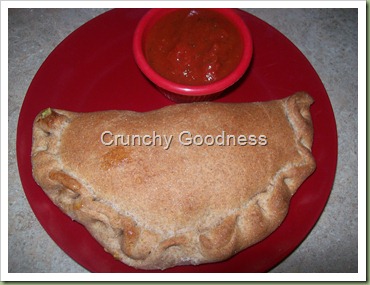 The idea of a calzone really intrigued me. I've wanted to make them for a while, but it always seemed that "I didn't know what I was doing and didn't have the time to look it up" until later. And well, we all know when later gets here. Never, right? So I decided, I'm going to do this. The idea of a pocket of food, all warm and gooey in the center with a side of marinara was too yummy to pass up.
The idea of a calzone really intrigued me. I've wanted to make them for a while, but it always seemed that "I didn't know what I was doing and didn't have the time to look it up" until later. And well, we all know when later gets here. Never, right? So I decided, I'm going to do this. The idea of a pocket of food, all warm and gooey in the center with a side of marinara was too yummy to pass up.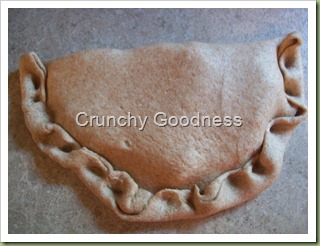
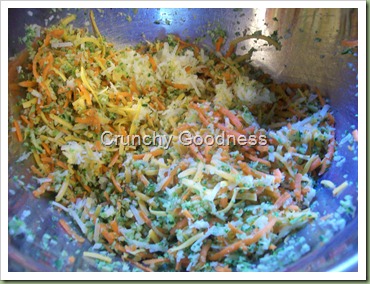

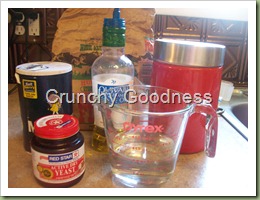
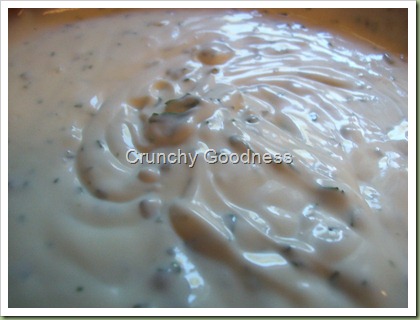
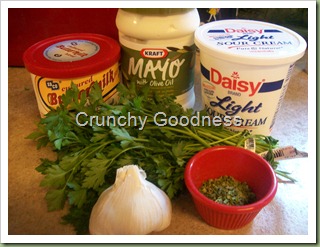
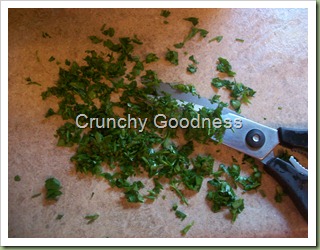
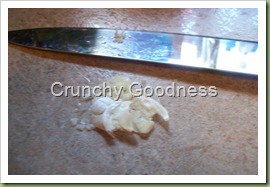






















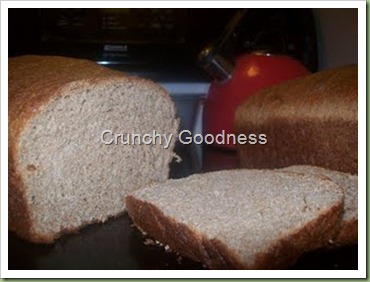
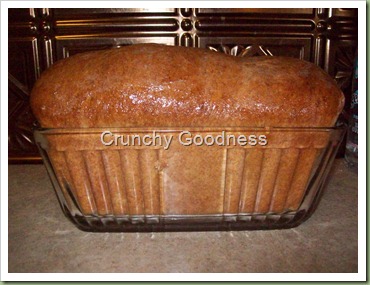
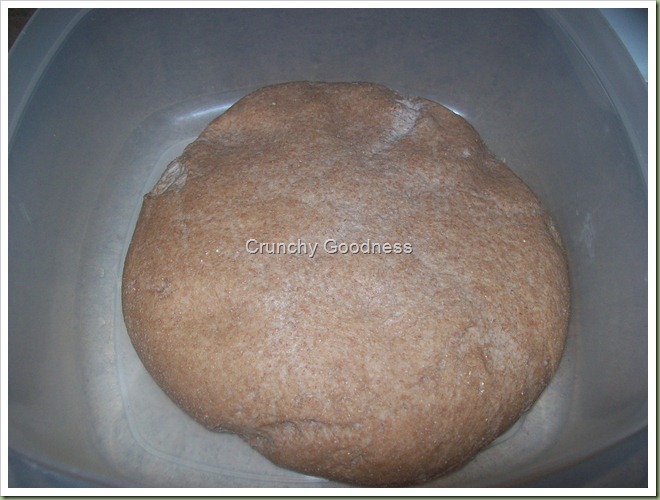
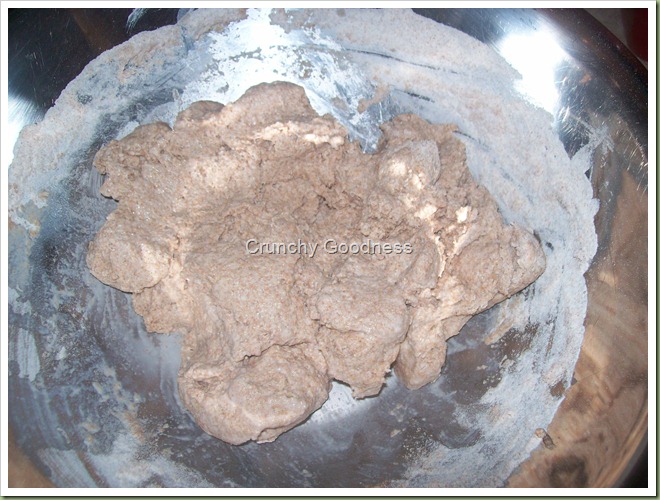
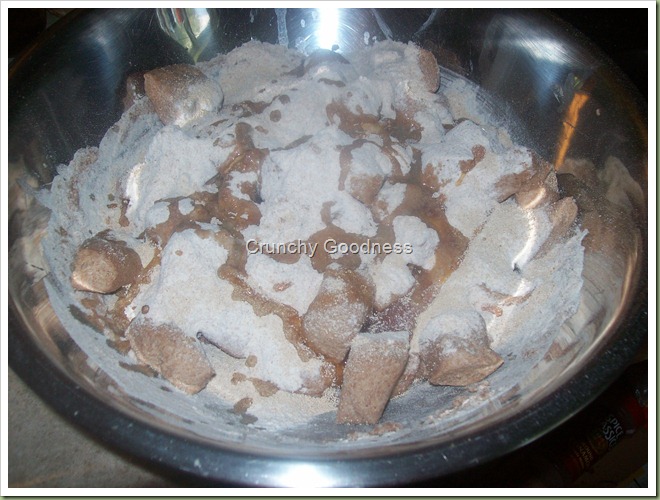
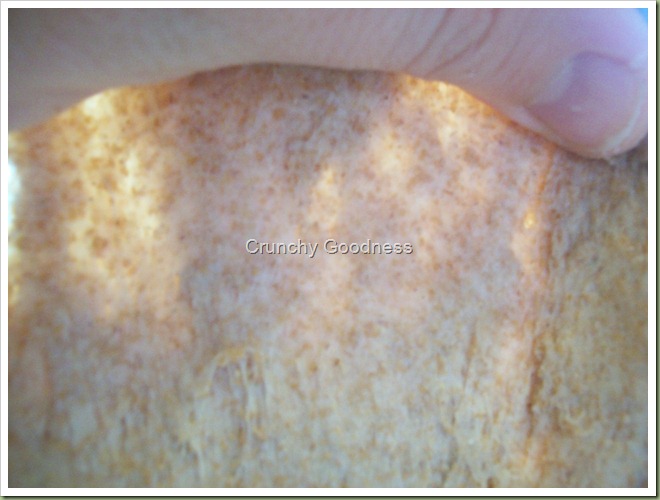
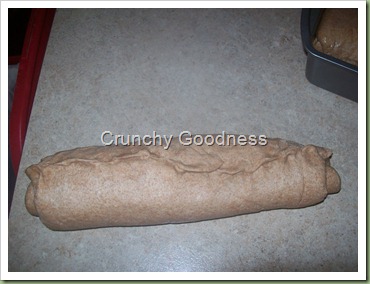
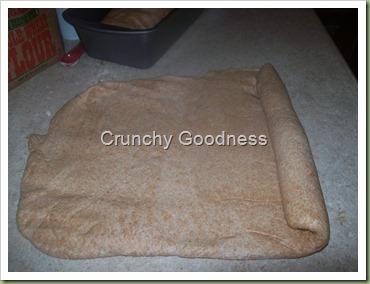
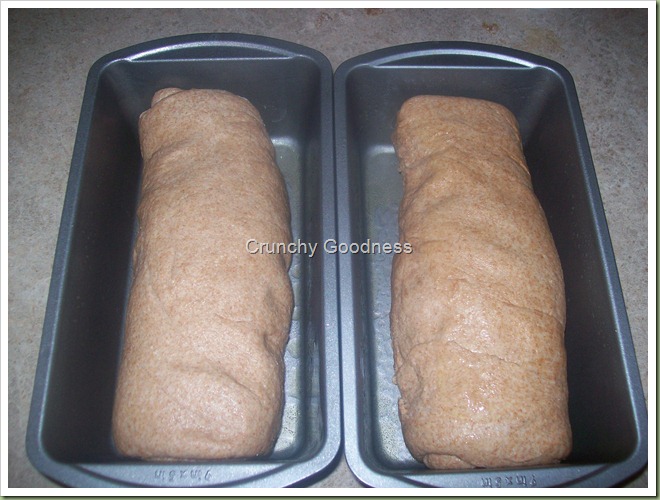
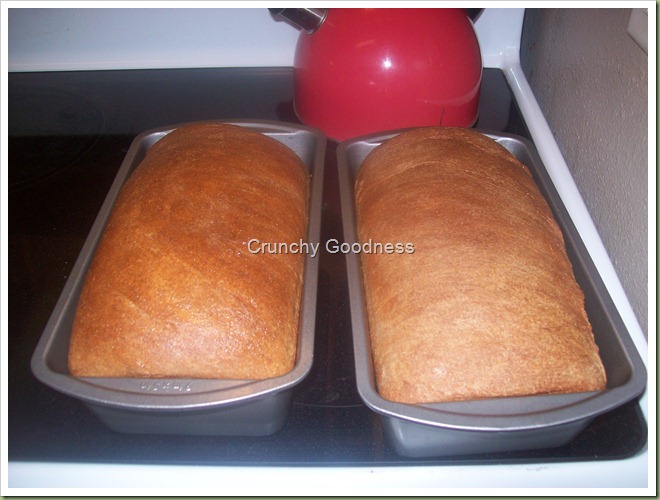





.JPG)
